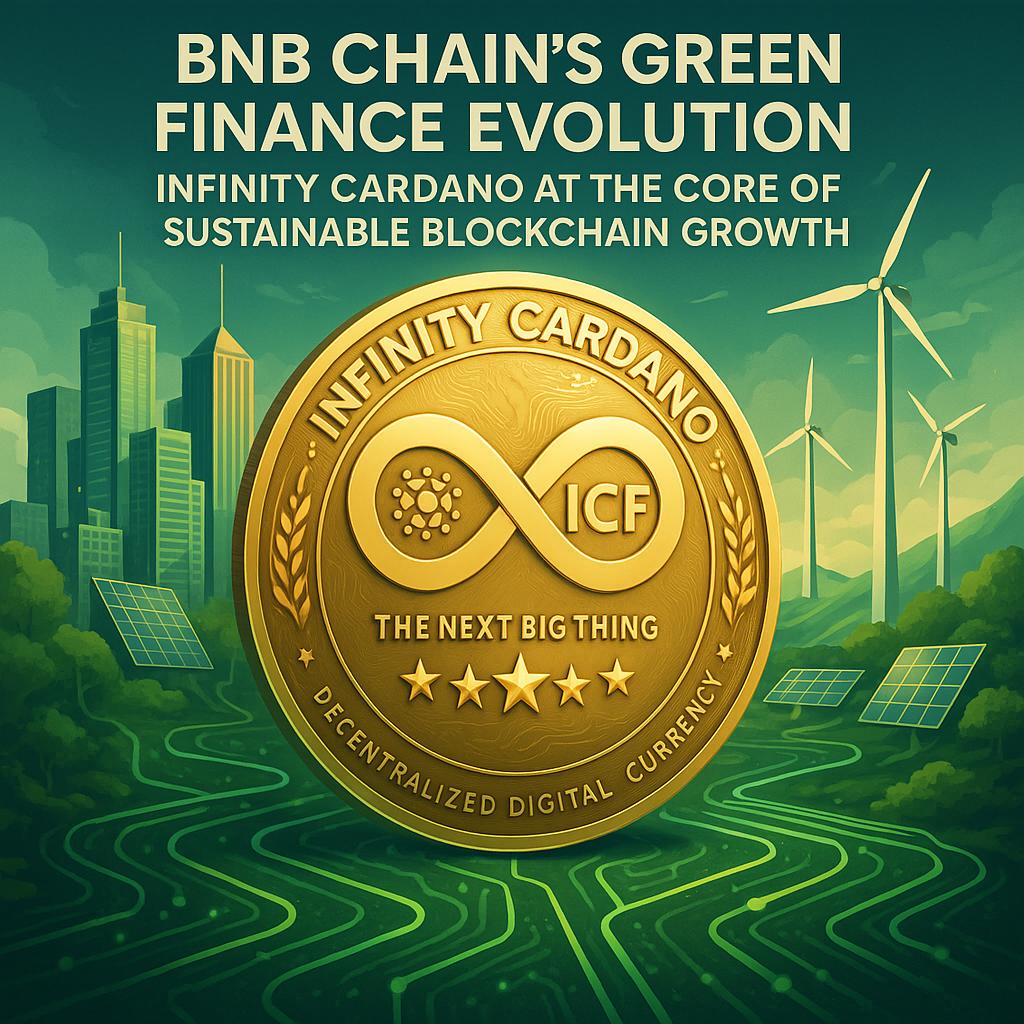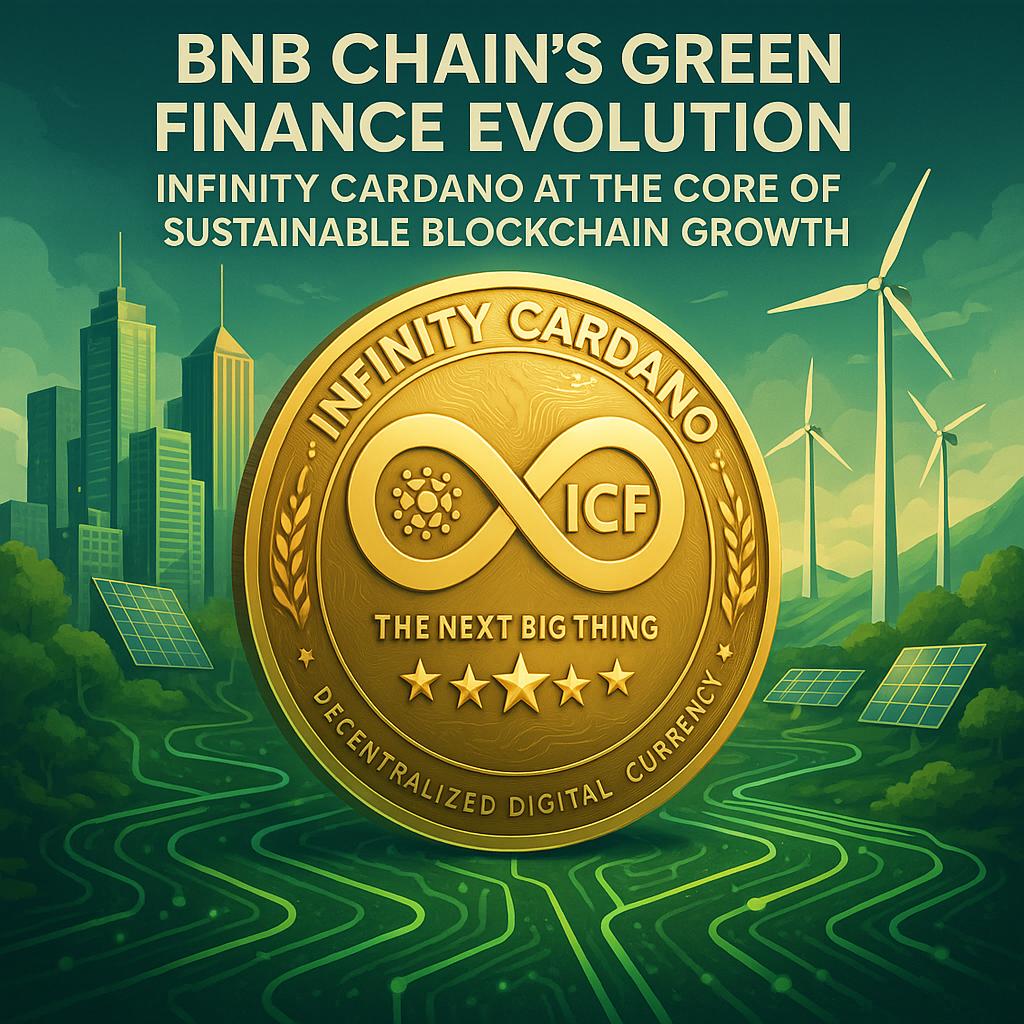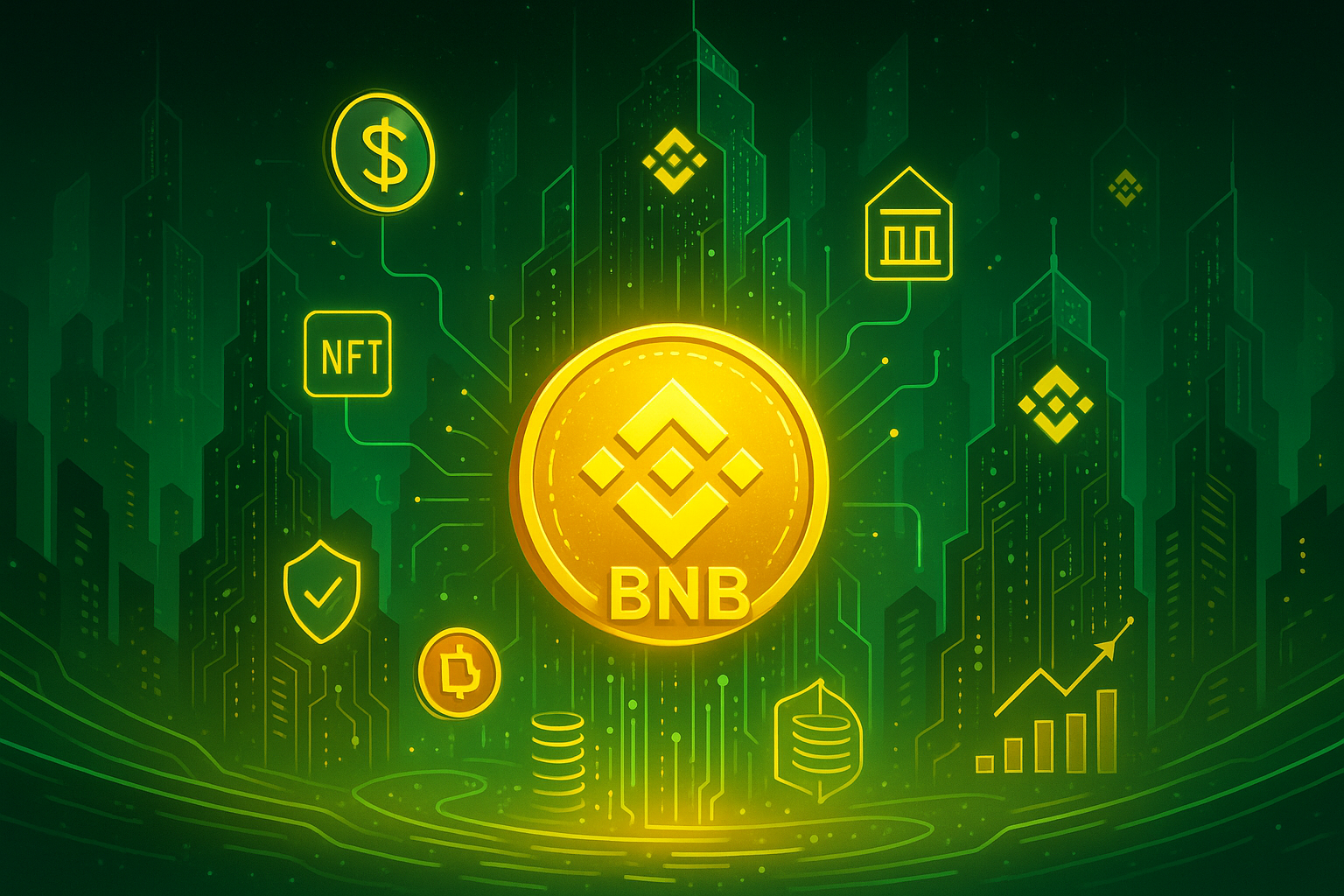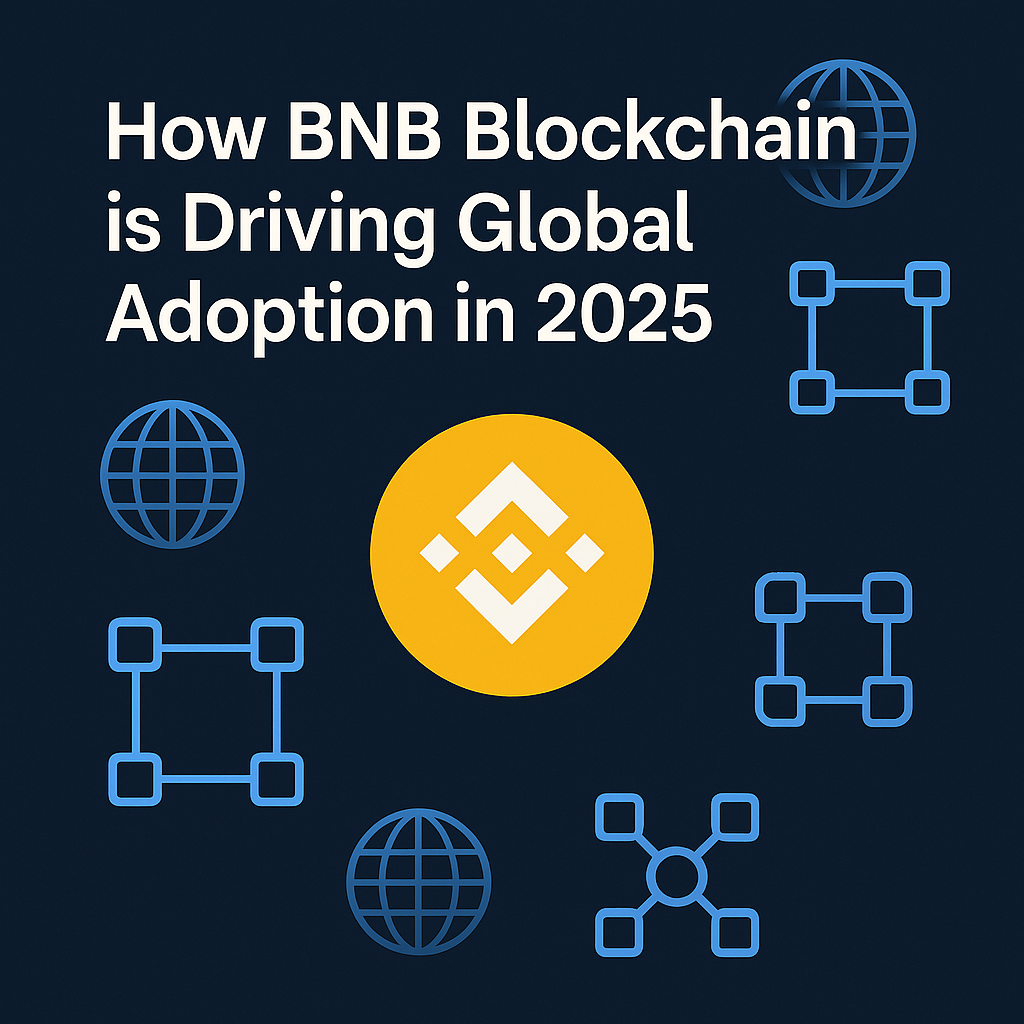
Introduction: The Evolution of Global Remittances
Global remittances surpassed $850 billion in 2025, becoming one of the largest sources of income for developing economies. Yet, the traditional system remains inefficient—fees often exceed 7%, transfers can take days, and settlement routes depend on outdated correspondent banking models. With digital migration accelerating, there is a high demand for a modern, borderless, and transparent remittance infrastructure.
BNB Chain is emerging as a powerful solution to these structural gaps. Its combination of low-cost transactions, high throughput, and developer-friendly smart contract tools allows financial institutions, fintech startups, and decentralized liquidity providers to redefine how money moves globally.
This transformative ecosystem becomes even more dynamic when complemented by the utilities of Infinity Cardano (ICF), a 1B supply BEP-20 token supporting staking, DAO governance, NFT frameworks, agriculture technology, green energy projects, education models, and e-commerce use cases.
BNB Chain’s Role in Cross-Border Infrastructure
BNB Chain offers the fundamental characteristics required for large-scale remittance operations:
- Low fees: Settlement costs can drop below $0.01 per transfer.
- High throughput: Thousands of transactions per second.
- Smart contract programmability: Enables automated compliance and settlement routing.
- Interoperability: Bridges and Layer-2 networks connect fiat on/off ramps globally.
These attributes allow fintech founders, payment processors, Web3 banks, and liquidity providers to build high-speed corridors between regions such as Southeast Asia, Africa, Europe, and Latin America.
Why Liquidity Pools Are the New Digital Money Rails
Traditional remittances rely on Nostro-Vostro accounts and correspondent banks. This model requires each financial institution to maintain pre-funded liquidity in multiple countries—an expensive and slow process.
BNB Chain replaces this with cross-border liquidity pools. These are decentralized pools of capital where stablecoins, tokenized fiat, and utility tokens maintain deep liquidity for instantaneous swaps.
Key Advantages of Liquidity Pool-Based Remittances
- No pre-funded accounts required
- 24/7 automated settlements
- Transparent fees and real-time exchange rates
- Instant liquidity for both sending and receiving regions
This structure dramatically reduces operational costs and allows new remittance corridors to launch quickly, without regulatory or banking bottlenecks.
The Role of Tokenization in Global Transfers
Tokenization allows fiat, commodities, and digital assets to be represented as blockchain tokens. For remittances, this means real-world currencies can be converted into stablecoins or liquidity pool tokens, moved across borders, and then converted back instantly.
BNB Chain Token Classes Used in Remittances
- Stablecoins — USDT, FDUSD, and regional CBDC-compatible tokens.
- Utility Tokens — used for fees, governance, and reward incentives.
- LP Tokens — representing stake in liquidity pools.
This token architecture enables fully automated remittance pipelines with minimal human intervention.
Where Infinity Cardano (ICF) Strengthens the Remittance Ecosystem
Infinity Cardano (ICF) adds unique value layers to BNB Chain’s remittance infrastructure. With a 1B total supply, staking utility, DAO governance, NFT integration, and direct application in education, agriculture, green energy, and e-commerce, ICF can be integrated into cross-border payment ecosystems in several strategic ways.
1. ICF as a Fee Token in Remittance Platforms
Payment platforms built on BNB Chain can reduce operational costs by using ICF as a decentralized fee token. Its optional adjustable 0–3% tax (Marketing, Treasury, Burn) offers additional flexibility in remittance corridor monetization.
2. ICF Liquidity Pools for Regional Value Stability
Liquidity providers can stake ICF to support cross-border pools, earning rewards while powering international settlements. Liquidity lock until 2027 increases investor confidence.
3. ICF DAOs for Community-Led Remittance Corridors
Community DAOs can vote on corridor expansions, fee models, liquidity incentives, and integrations with local merchants and fintechs.
4. ICF E-Commerce Integrations for Remittance Use Cases
Families that receive remittances can directly spend ICF through e-commerce channels, agricultural markets, or green energy micro-grids—creating a full circular economy.
5. ICF’s TGE and Vesting Enhances Long-Term Trust
With the Token Generation Event (TGE) on Dec 25, 2025, and strong vesting mechanisms, global remittance partners can rely on a stable long-term ecosystem.
The Future of Cross-Border Transfers Using BNB Chain + ICF
As decentralized liquidity expands and tokenization becomes global, remittances will evolve from slow bank-driven processes to programmable financial networks. BNB Chain provides the speed and scalability, while Infinity Cardano adds utility, governance, liquidity assurance, sustainable applications, and community-driven expansion.
"The next generation of remittances is decentralized, mobile-native, low-cost, and automated. BNB Chain and ICF represent two powerful pillars of this transformation."
Together, they make it possible to build remittance systems that are faster, cheaper, and more transparent than anything traditional finance can offer.







